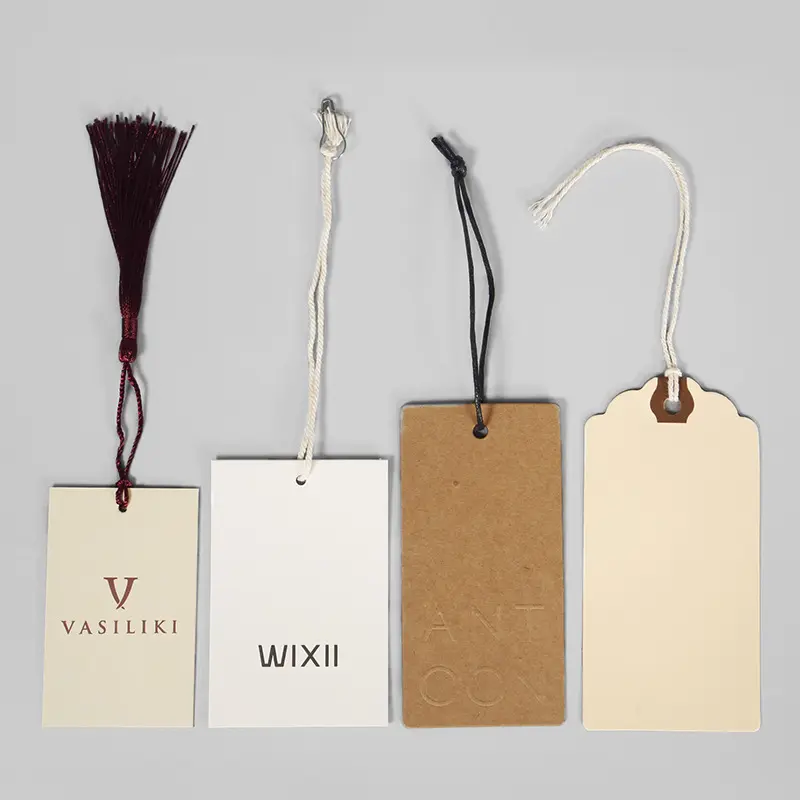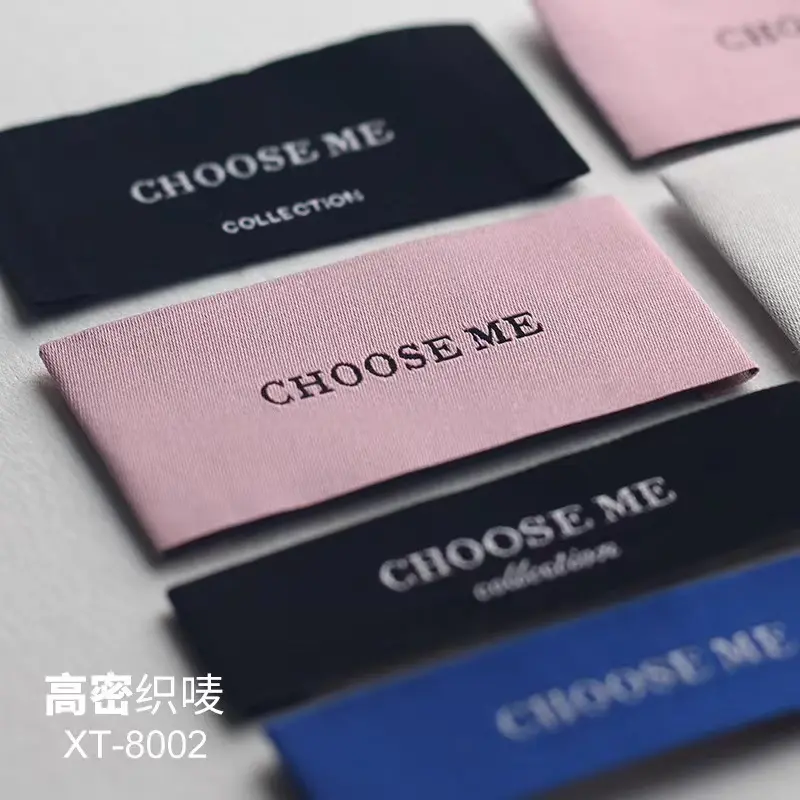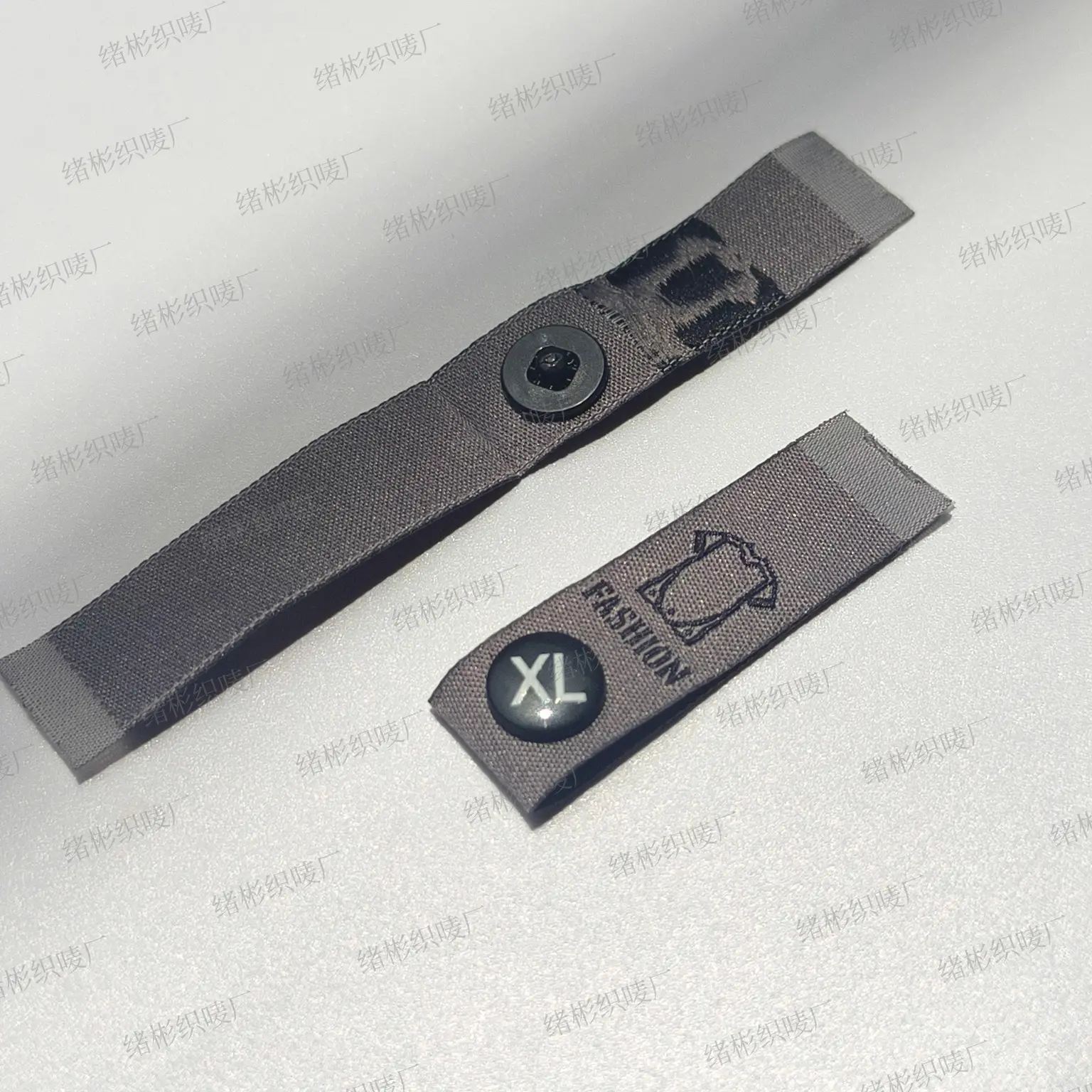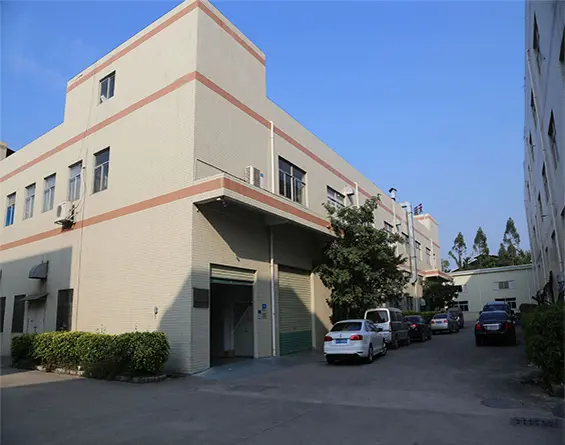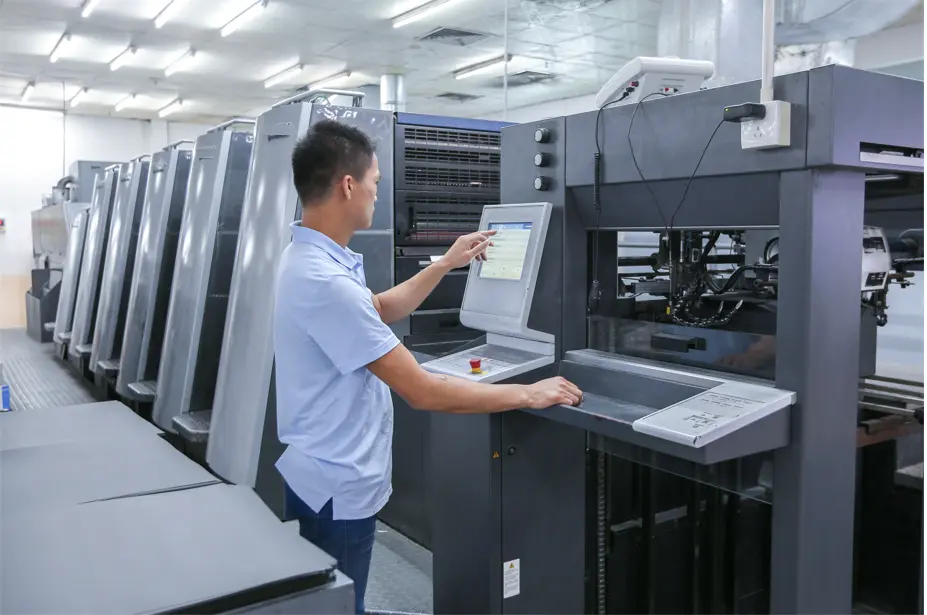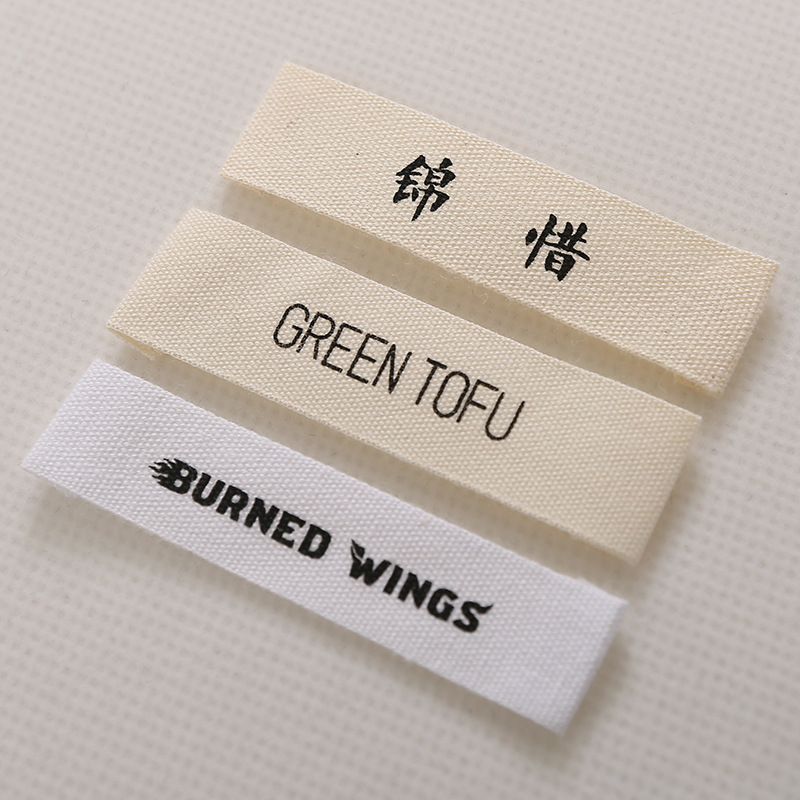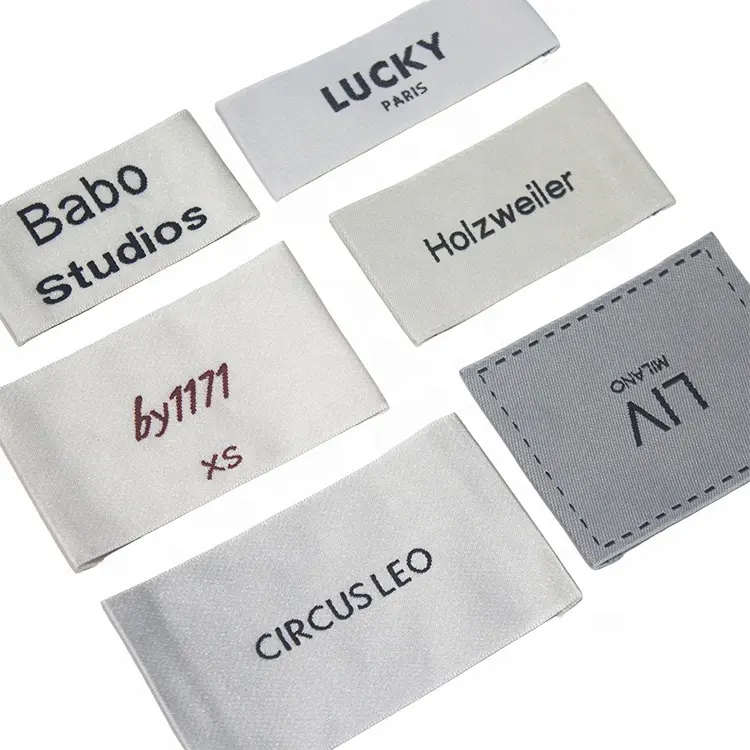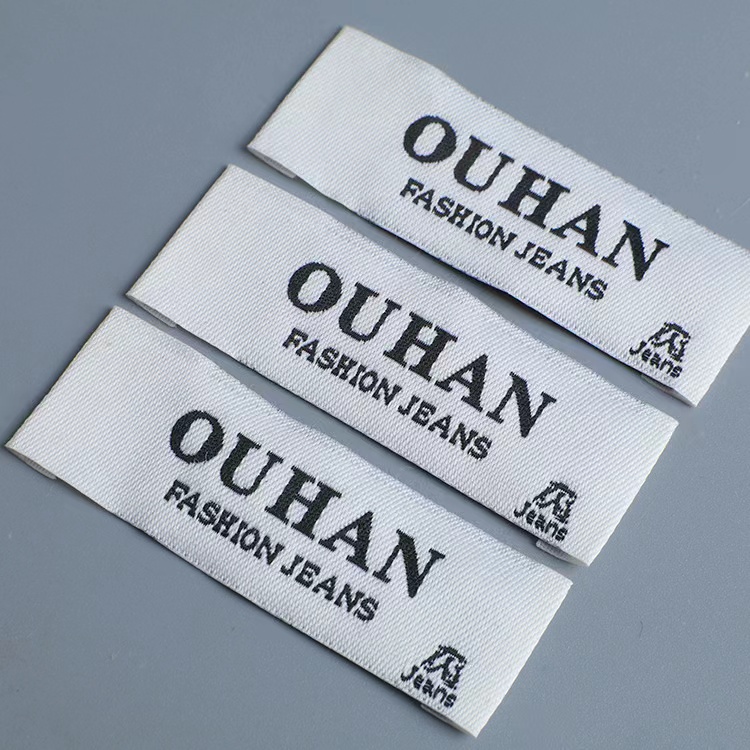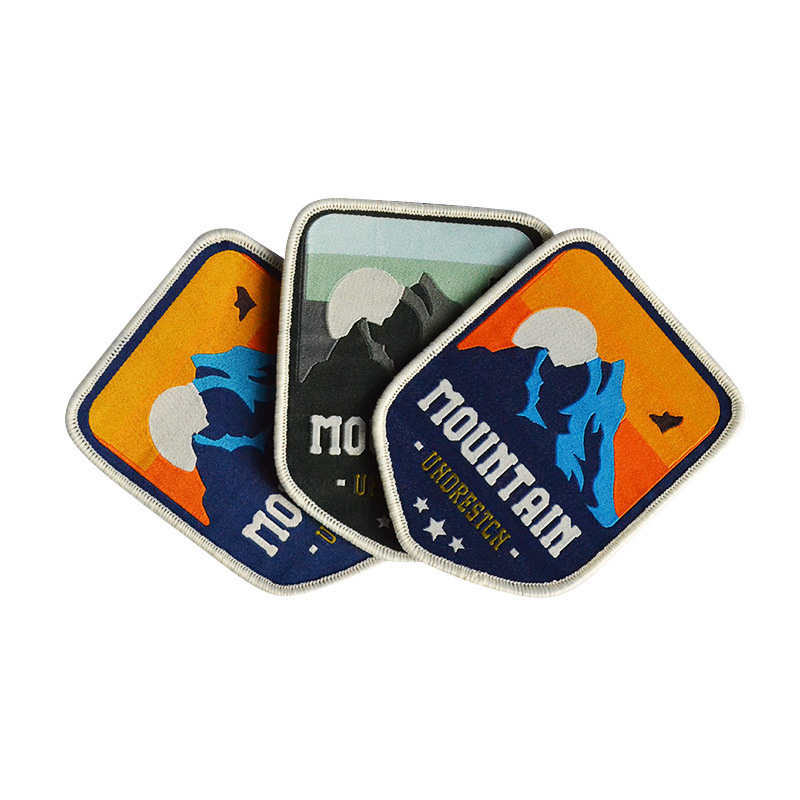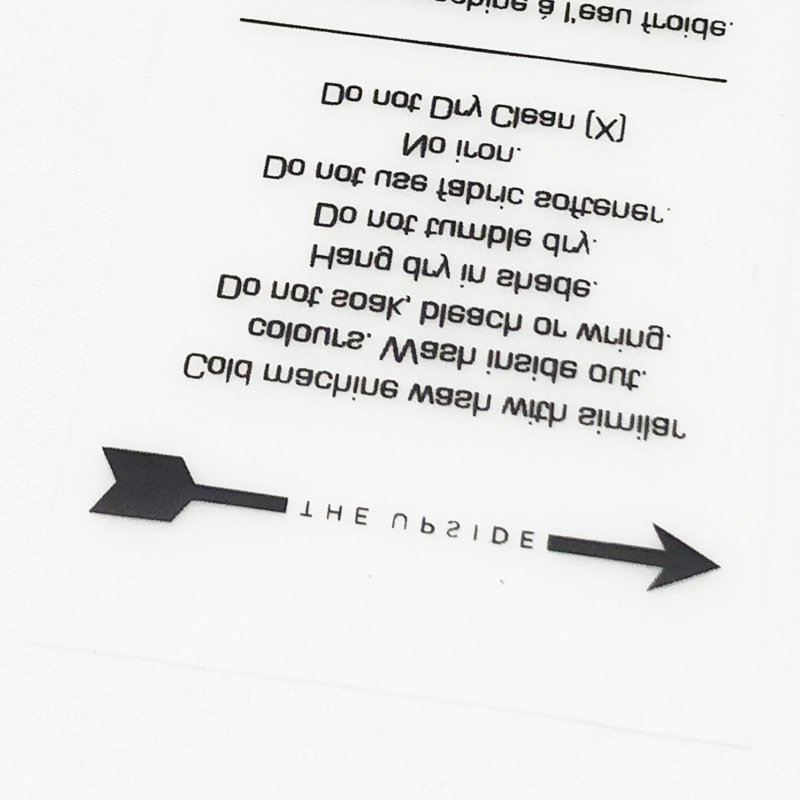Custom Taffeta Labels for Branding and Design
Custom Taffeta Labels for Branding
A Practical Guide to Taffeta Labels in the Textile and Garment Industry
Taffeta labels are widely used in the textile and garment industry. They play a critical role not only in brand promotionbut also in the strategic communication of product information. Made from soft yet durable polyester fabric, these labels offer unique flexibility and strength, making them an ideal choice for various applications.
Below are key strategies to effectively use taffeta labels to enhance brand visibilityand customer satisfaction.
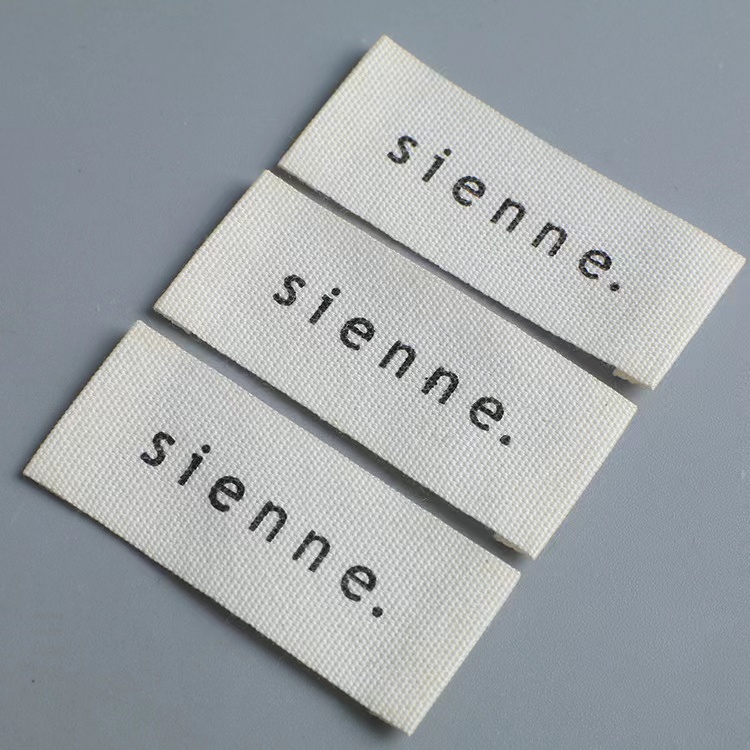
1. Understanding Taffeta Labels
Before developing your strategy, it's important to understand the advantages of taffeta labels:
a. Fabric Characteristics: Taffeta is a tightly woven, smooth-texturedmaterial, perfect for high-precision printing.
b. Application Versatility: Ideal for displaying complex logos, brand identifiers, care instructions, and other product details with excellent readability and durability.
2. Placement Strategy
Visibility
Place labels in visible locationswithout compromising product comfort or design. Common placements include:
a. Inside the collar
b. Along the seams
c. Inside pockets
High visibility strengthens brand recognition and helps consumers access product info easily.
Function & Comfort
Ensure the label serves its function without affecting user comfort. For garments, avoid placing labels in areas that touch sensitive skin. Opt for less-sensitive zonesto prevent irritation.
3. Design Tips
Simplicity Is Key
Taffeta supports high-resolution printing, so take advantage by using:
a. Readable fonts
b. Minimalist logos
This ensures both readability and aesthetic balance with the overall product design.
Color Selection
Colors should complement the product while maintaining strong contrast for legibility. Recommended combinations:
a. Black text on white background (classic and highly readable)
b. Harmonious tones matching the product’s main color
4. Essential Label Content
Brand Logo
Clearly display your brand name or logoto reinforce visual branding, enhancing customer recognition and loyalty.
Care Instructions
For clothing and textiles, include detailed care instructionsto help customers maintain product quality. This can improve customer satisfaction and extend product life.
Material Composition
Listing materials not only fulfills compliance needs but also highlights premium or eco-friendly componentsas unique selling points.
5. Technology Integration
QR Codes
Consider adding QR codes to your taffeta labels that link to:
a. Your website
b. Product authentication pages
c. Promotional content
This boosts interactivityand strengthens your digital brand presence.
6. Legal Compliance
Ensure that your labels meet both local and international regulations, including:
a. Country of origin
b. Fiber content
c. Required certification symbols (e.g., OEKO-TEX, GOTS)
7. Consumer Engagement
Feedback Channels
Include contact information or social media handleson the label to encourage customer feedback. This not only fosters engagement but also helps:
a. Gather customer preferences
b. Understand product performance
c. Improve future iterations
Effectively using taffeta labels goes far beyond simply attaching them to a product. Through strategic placement, thoughtful design, accurate information, tech integration, and regulatory compliance, these labels can serve as:
A medium for information
A tool for brand building
A bridge for customer communication
Every label is a chance to connect with your audience. Use it wisely to make your product stand out in a competitive market.
LIJIE, a China-based manufacturer, offers wholesale and custom services for high-quality taffeta garment labels. Inquire now for tailored solutions.
More:clothing tags wholesale | custom hem tags | hang tags with elastic string | garment labels wholesale | wholesale woven label























